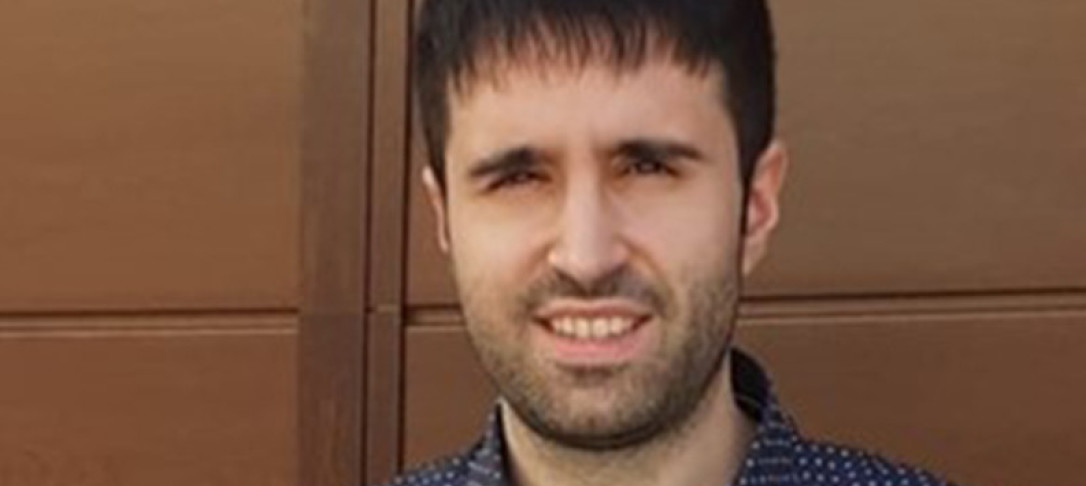
Abstract: In shipbuilding, hybrid adhesive joints offer advantages compared to traditional full steel solutions with bolted or welded connections. Indeed, they allow for a reduction in weight, fuel consumption and harmful emissions. However, their long term behaviour and failure in an aggressive marine environment is a matter of issue.
An experimental campaign has been conducted by our group on methyl methacrylate-based adhesive layers sandwiched between steel plates, representative of large scale hybrid adhesive joints. Upon immersion in sea water, it has been observed that these sandwich specimens delaminate much slower than an adhesive coating on a steel substrate. Also, the delamination rate is approximately the same independently of the amount of salt or oxygen dissolved in water. Hence, delamination of adhesive sandwich layers is not of electrochemical nature, but by water diffusion and attack of the adhesive/steel interface.
These experimental results motivate a theoretical study where a corroding species diffuses along two paths, that is, the bulk adhesive and the delamination, from a reservoir to the intact adhesive/metal interface. Here, the corroding species is consumed in a first order chemical reaction. When the total amount of corroding species reacted ahead of the delamination tip reaches a critical value, the delamination front propagates. Several asymptotic regimes of behaviour are identified, which are suitable for an analytical description. In particular, when delamination growth is slow and the reaction zone is much smaller than both adhesive layer height and delamination length, regimes presenting a close analogy with either a Mode III elastic crack (bulk diffusion) or an elastic screw dislocation (surface diffusion along the delamination) exist.
Short bio: Dr Alessandro Leronni is a Research Associate in the University of Cambridge, Department of Engineering, where he works under the supervision of Prof Norman Fleck. He obtained his PhD in Mathematical Methods and Models Applied to Engineering from the University of Brescia (Italy), where he was supervised by Prof Lorenzo Bardella. Alessandro also holds a Master’s Degree and a Bachelor’s Degree in Civil Engineering, both received from the University of Brescia. He was a Visiting Scholar at New York University and Tufts University, where he worked under the supervision of Prof Maurizio Porfiri and Prof Luis Dorfmann, respectively. His PhD Thesis was published by Springer Nature in the series “Recognizing Outstanding PhD Research” and won the GMA Prize for the Best 2021 Italian Thesis in Mechanics of Materials.
Alessandro’s research interests lie in electro-chemo-mechanics, including ionic electroactive polymers, developmental mechano-bioelectricity and corrosion-driven fracture.


